Search the Special Collections and Archives Portal
Search Results
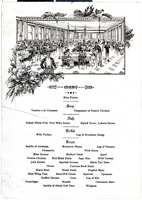
Grand Pacific Hotel, 34th annual game dinner menu, Saturday, November 23, 1889
Date
1854 to 1939
Archival Collection
Description
Restaurant: Grand Pacific Hotel Location: Chicago, Illinois, United States
Text
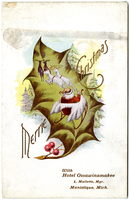
Hotel Ossawinamakee, Christmas menu, date unknown
Date
1870 to 1933
Archival Collection
Description
Note: Embossed image on menu cover. Noted on menu: "The water used on these tables is from our own artesian well." Restaurant: Hotel Ossawinamakee Location: Manistique, Michigan, United States
Text
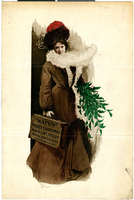
Missouri-Kansas-Texas Railway System dining services, Christmas dinner menu, December 25, 1903
Date
1903-12-25
Archival Collection
Description
Note: Emblem for the Missouri-Kansas-Texas (The M. K. and T.) Railway System on the back of the menu Restaurant: Missouri-Kansas-Texas Railway System dining car Location: Smithville, Texas, United States
Text

St. Nicholas Hotel, Thanksgiving dinner menu, 1911
Date
1911-11
Archival Collection
Description
Note: Menu is bound by a brown cord with a tassel. Features a graphic of a shamrock-horseshoe-wishbone design. Embossed corn stalks on the front and back cover Restaurant: St. Nicholas Hotel (Springfield, Ill.) Location: Springfield, Illinois, United States
Text
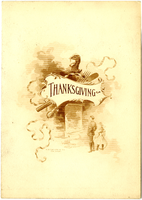
Monte Christo Hotel, Thanksgiving dinner menu, date unknown
Date
1870 to 1933
Archival Collection
Description
Restaurant: Monte Christo Hotel Location: Salida, Colorado, United States
Text
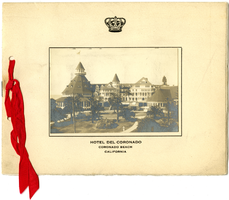
Hotel del Coronado, Japanese Hotelmen's delegation, breakfast menu, March 21, 1929
Date
1929-03-21
Archival Collection
Description
Note: Menu is bound by a red ribbon. Photograph of the Hotel del Coronado is attached to the menu cover Restaurant: Hotel del Coronado (Coronado, Calif.) Location: 1500 Orange Avenue, Coronado Beach, California, United States
Text
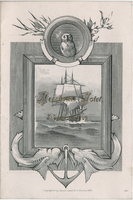
Merchants Hotel menu, Thursday, November 25, 1880
Date
1880-11-25
Archival Collection
Description
Note: Illustration on front cover copyrighted by John A. Lowell & Co. Boston, 1879, 100. Illustration on back cover is a sketch of people picnicking in a field; illustrator's signature is illegible Restaurant: Merchants Hotel Location: Minneapolis, Minnesota, United States
Text
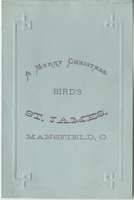
Christmas dinner menu, St. James
Date
1870 to 1933
Archival Collection
Description
Note: No date on menu Restaurant: St. James (Restaurant: Mansfield, Ohio) Location: Mansfield, Ohio, United States
Text
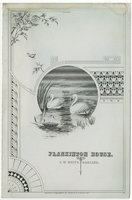
Plankinton House dinner menu, November 30, 1879
Date
1879-11-30
Archival Collection
Description
Note: Illustration on front cover engraved and copyrighted by J.A. Lowell & Co. Boston, 1878, no. 35. Monogram of restaurant on back cover Restaurant: Plankinton House Location: Milwaukee, Wisconsin, United States
Text
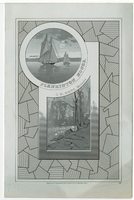
Plankinton House dinner menu, November 30, 1879
Date
1879-11-30
Archival Collection
Description
Note: Illustration on front cover engraved and copyrighted by J.A. Lowell & Co. Boston, 1878, no. 38. Monogram of restaurant on back cover Restaurant: Plankinton House Location: Milwaukee, Wisconsin, United States
Text
Pagination
Refine my results
Content Type
Creator or Contributor
Subject
Archival Collection
Digital Project
Resource Type
Year
Material Type
Place
Language
Records Classification
